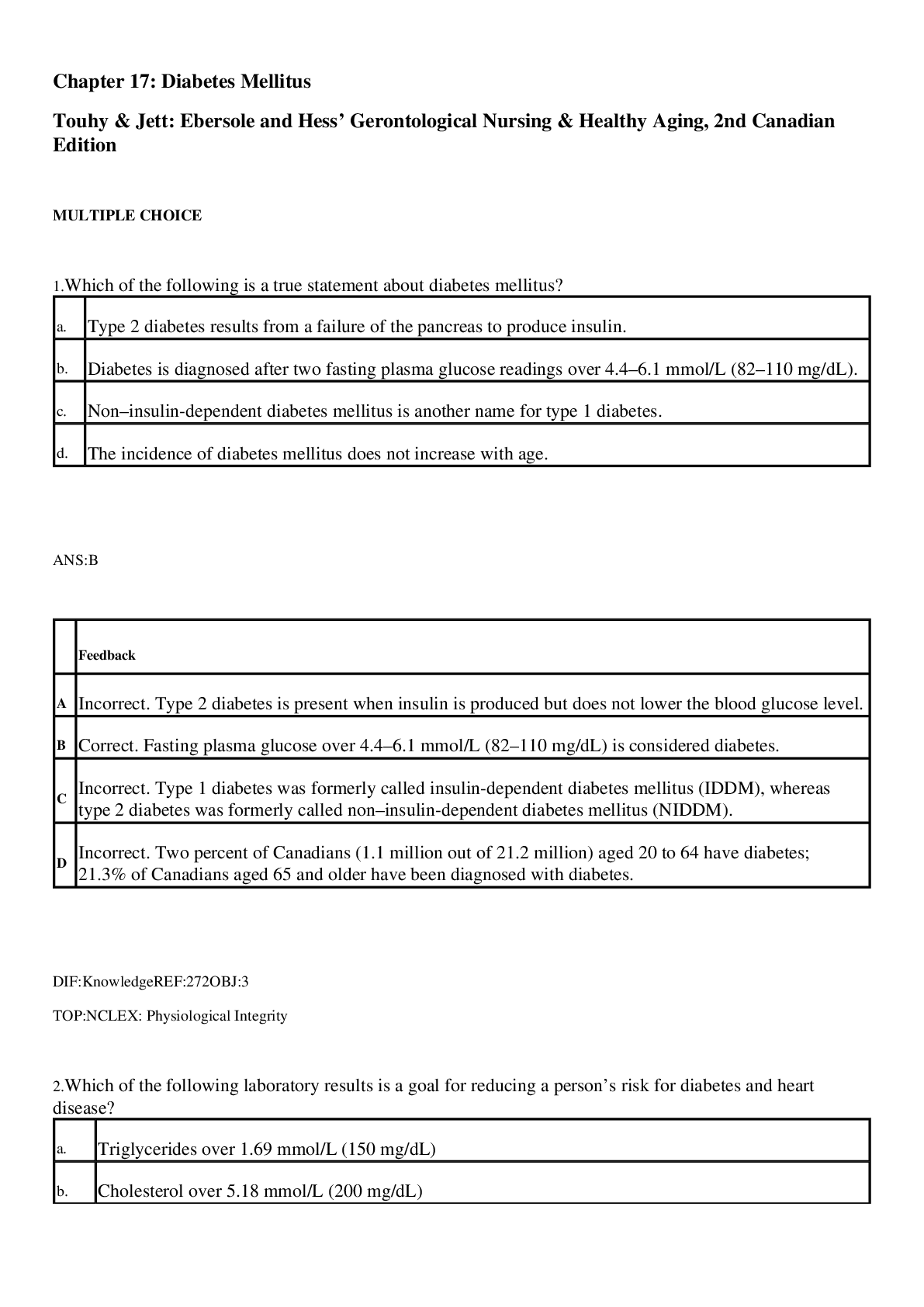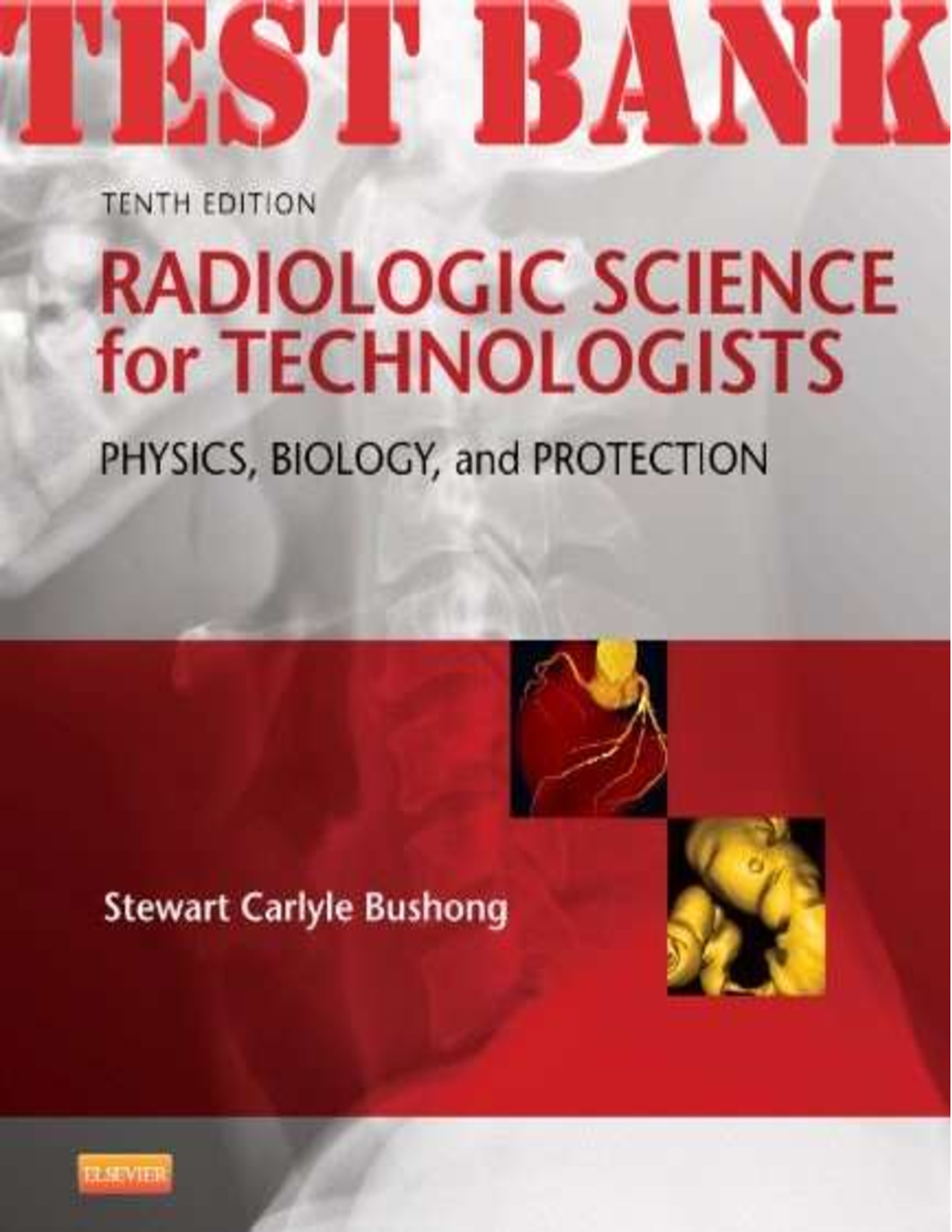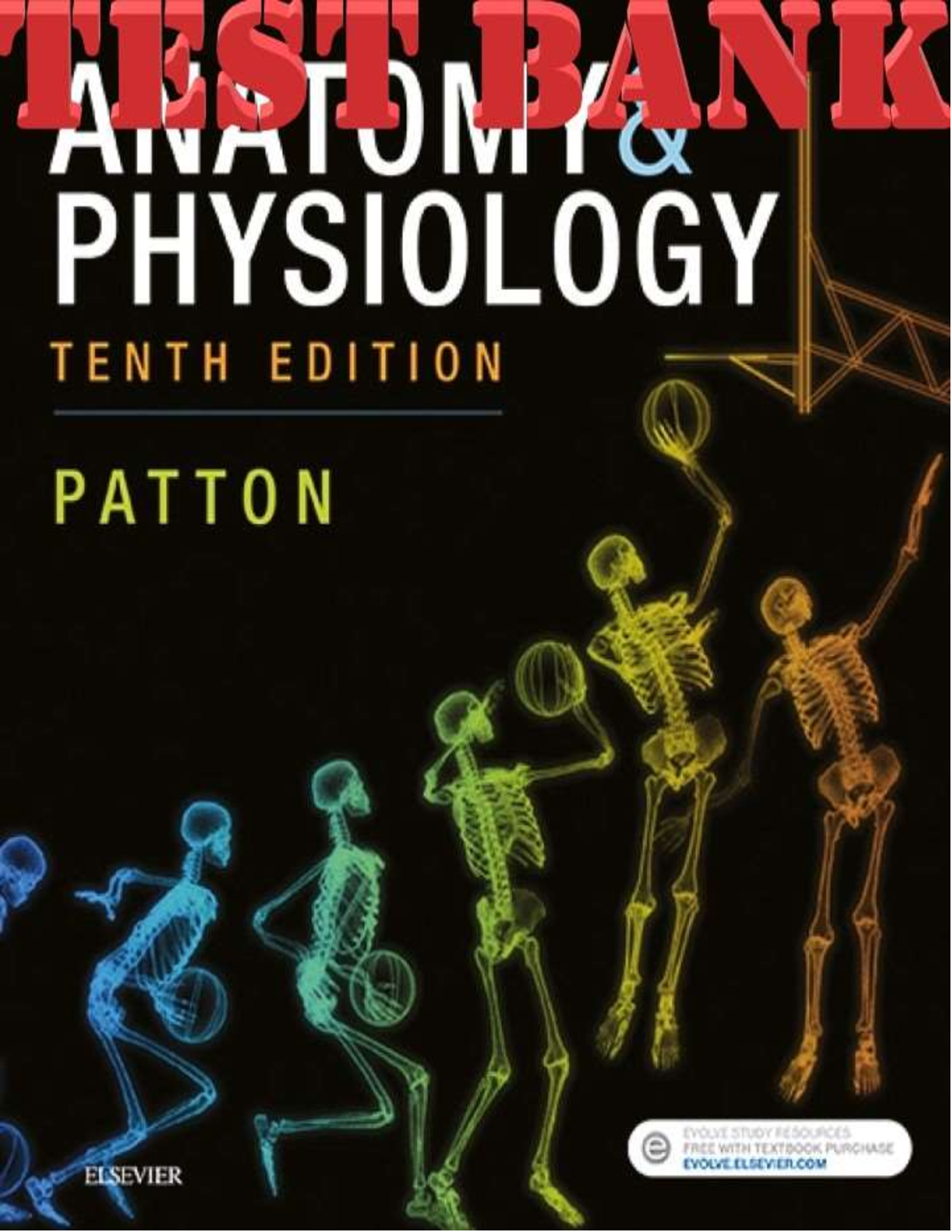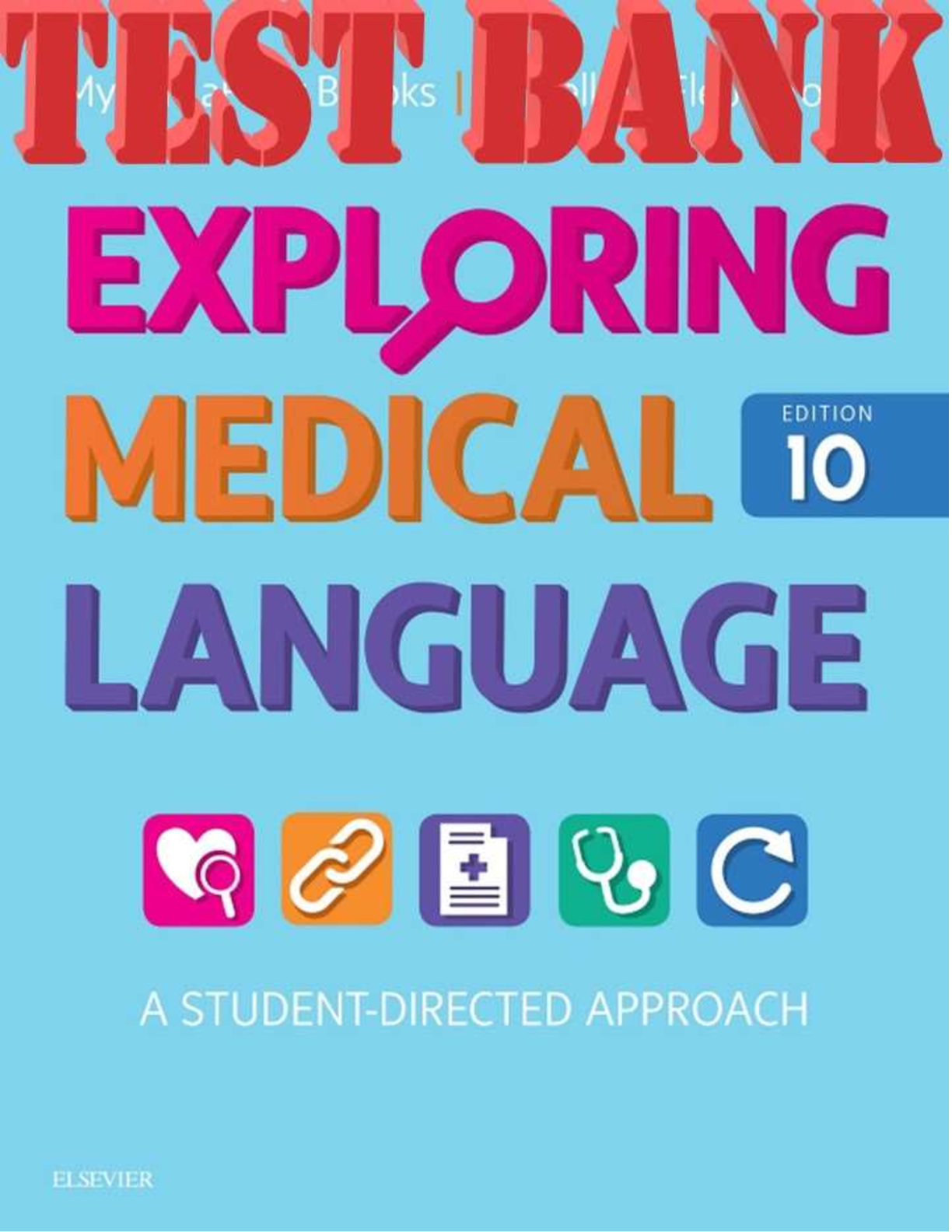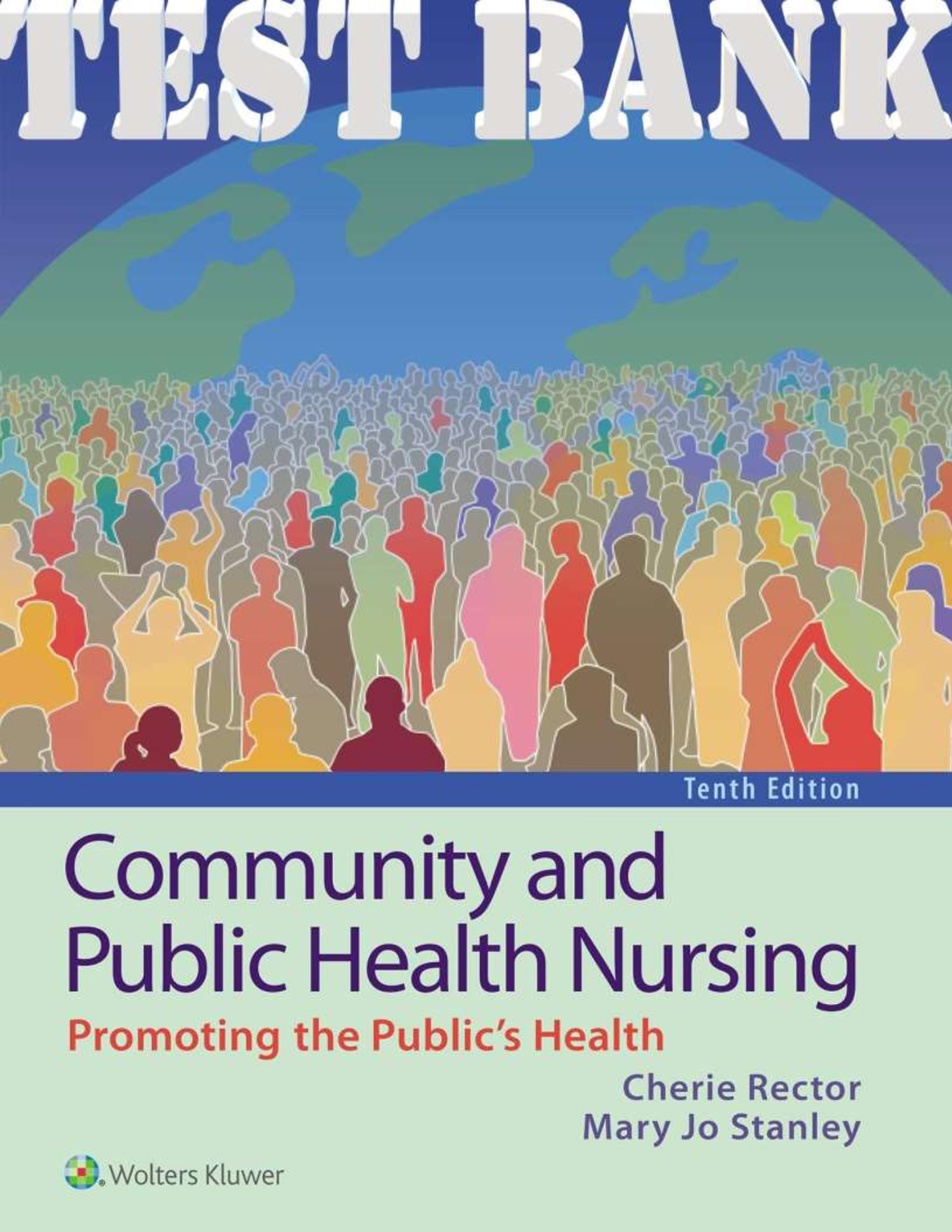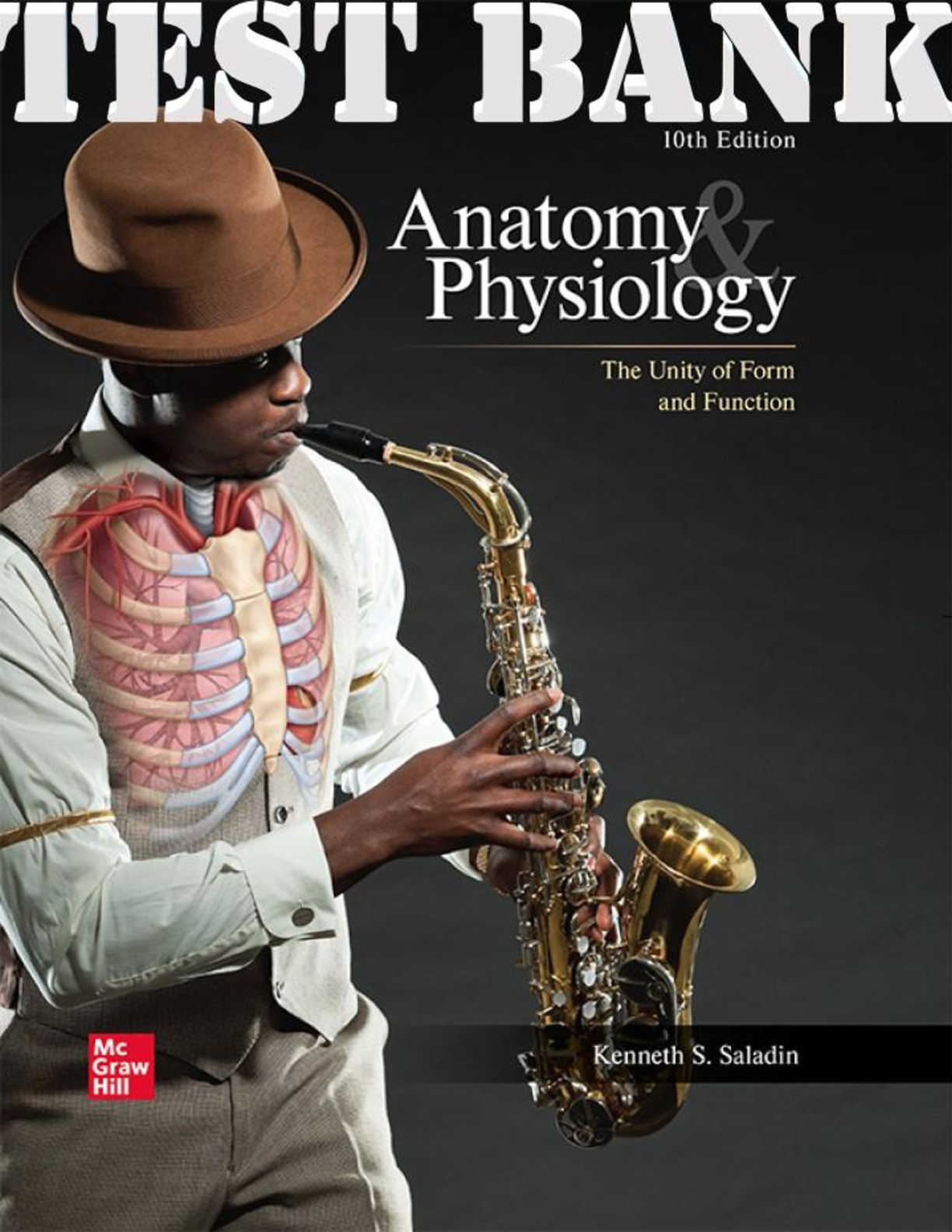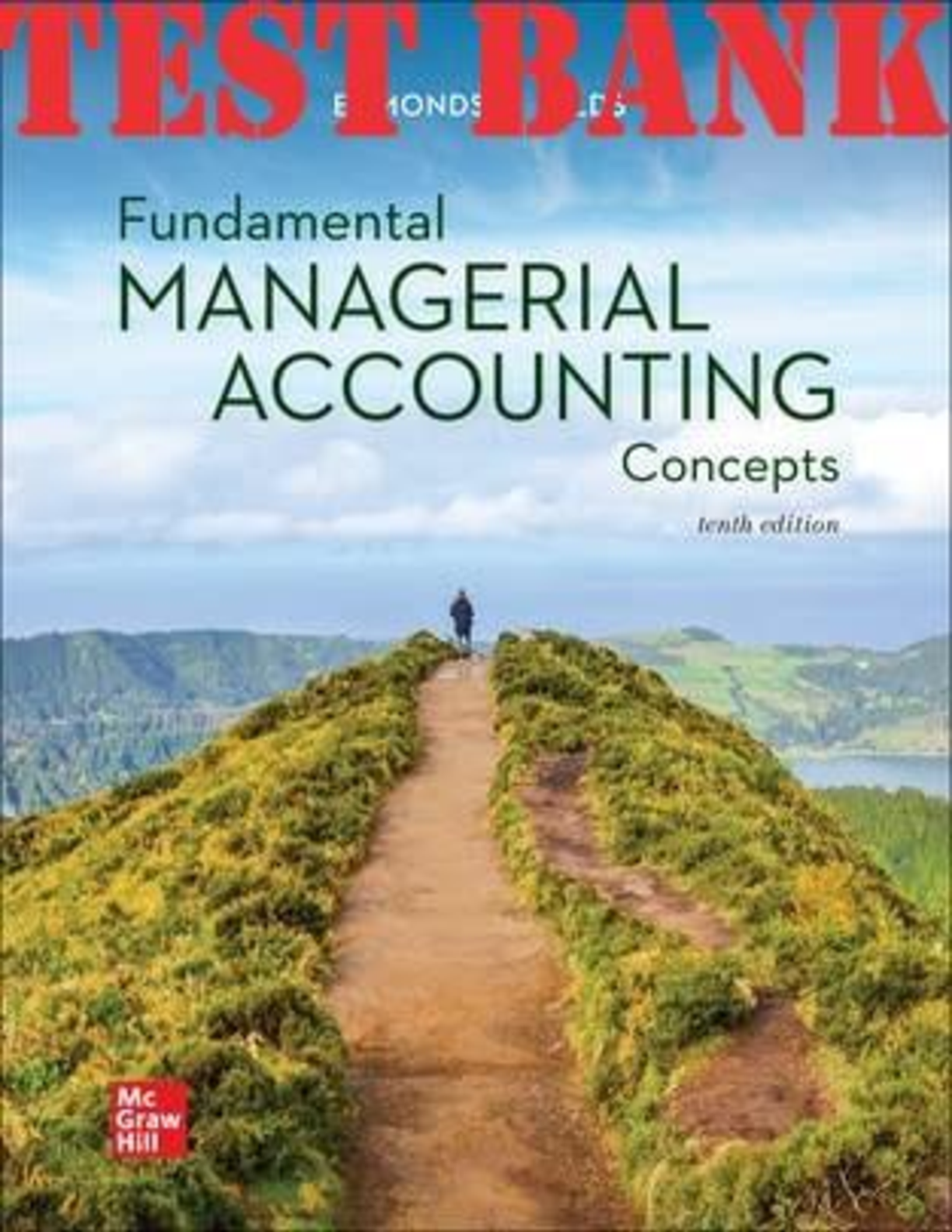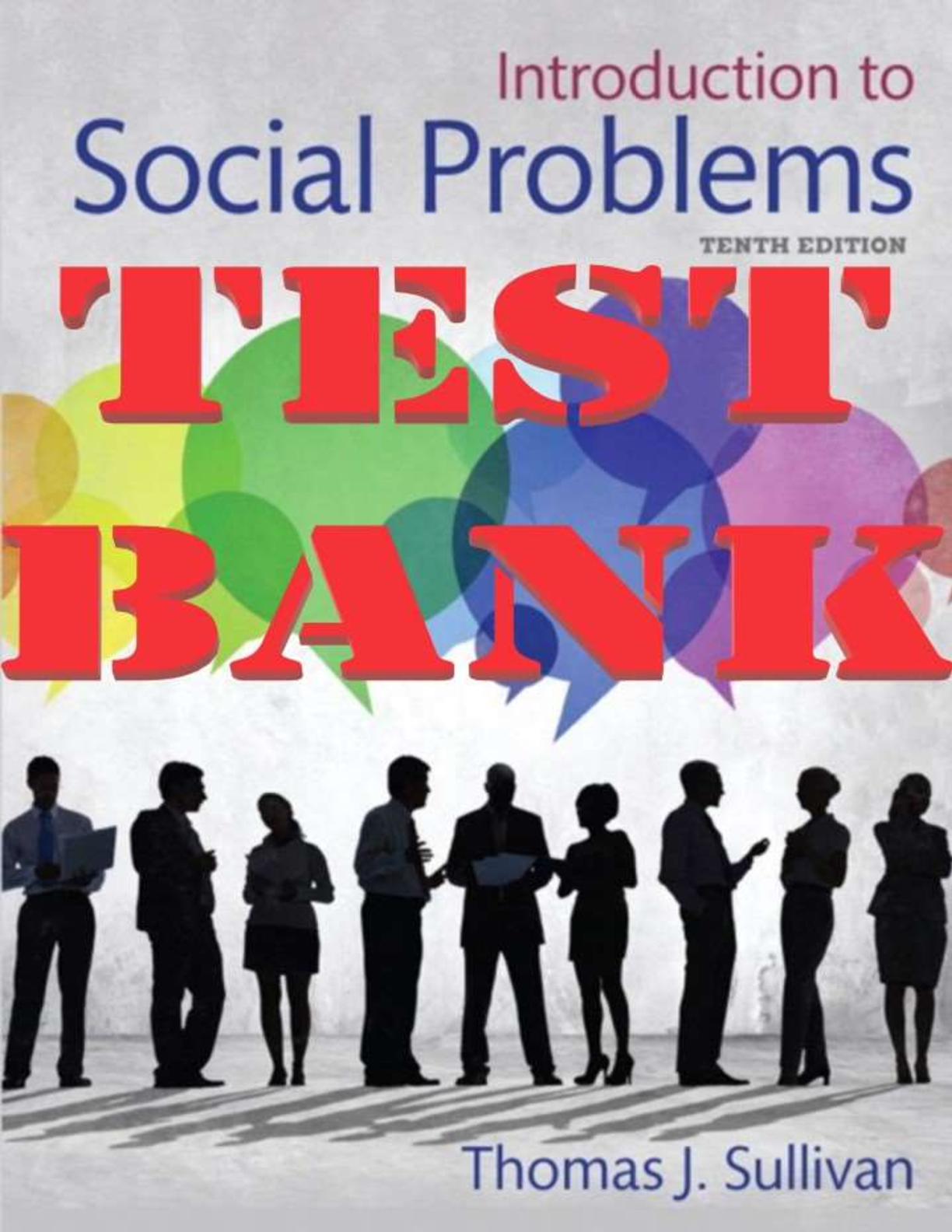*NURSING > TEST BANK > TEST BANK FOR PORTH’S PATHOPHYSIOLOGY 10TH EDITION BY NORRIS CHAPTER 36: Structure and Function of (All)
TEST BANK FOR PORTH’S PATHOPHYSIOLOGY 10TH EDITION BY NORRIS CHAPTER 36: Structure and Function of the Gastrointestinal System
Document Content and Description Below
1. A client has been diagnosed with an incompetent pyloric sphincter. This client is experiencing a lot of abdominal pain and nausea. When this client vomits, the nurse should expect what type of secr... etions will be in the basin? A) Green, stringy emesis B) Bright red, bloody emesis C) Thick, brownish, foul-smelling emesis D) Clear mucous-looking emesis Ans: C Feedback: The pylorus is located between the body of the stomach and the duodenum. At the end of the pyloric canal, the circular smooth muscle layer thickens to form the pyloric sphincter. This muscle serves as a valve that controls the rate of stomach emptying and prevents the regurgitation of intestinal contents back into the stomach. Therefore, if the pyloric sphincter is incompetent, intestinal content will flow back into the stomach. 2. A client who has had his gallbladder (GB) removed asks the nurse, “Why do I feel sick every time I go through a drive-in fast-food restaurant and order burgers and fries?” The nurse bases the response knowing that: A) The restaurant may have “bad” grease in their fryer. B) Without a GB, the size of the client's stomach has been decreased. C) Bile from the GB is needed to breakdown lipids. D) When the GB is removed, the pancreatic duct is also removed. Ans: C Feedback: The common bile duct and pancreatic duct empty their juices into the duodenum. Bile, a fluid synthesized by the liver that breaks down lipids, and pancreatic juices, which facilitate digestion of lipids, carbohydrates, and proteins, enter the intestine through these ducts. If the GB is removed, a high-lipid meal may not be broken down and digested normally. Neither the stomach size nor the pancreatic duct is removed during GB surgery. 3. A client asks the nurse to explain the digestive tract layers because the client is experiencing upper GI problems. When talking about the mucosa layer, the nurse will emphasize that the roles/functions of this layer consist of: Select all that apply. A) Production of mucus to protect and lubricate the inner lining B) Beginning of the digestive process by secreting enzymes to break food down C) Contracting of smooth muscles to propel food forward D) Supporting the abdominal viscera with its connective tissue Ans: A, B Feedback: The inner layer is the mucosal layer that produces mucus. This mucus protects and lubricates the inner lining of the GI tract lumen. Secretion of digestive enzymes and substances that break food down, absorption of the breakdown products of digestion, and maintenance of a barrier to prevent the entry of noxious substances and pathogenic organisms also occur in the mucosal layer. Contracting of smooth muscles to propel food forward occurs in the muscularis externa layer. Supporting the abdominal viscera with its connective tissue is the role of the serous layer. 4. A client has been told he has abdominal adhesions due to an old appendix infection. Knowing the structures of the abdominal cavity, the nurse will explain which of the following structures can form bands of fibrous scar tissue to wall off the infection, preventing it from spreading to other parts of the body? A) Mesentery B) Omentum C) Haustration D) Peritoneum Ans: B Feedback: The greater omentum helps to prevent infection from entering the peritoneal cavity and protects the intestines from cold. It often forms adhesions (i.e., bands of fibrous scar tissue) adjacent to inflamed organs such as the appendix, walling off the infection and thereby preventing its spread. The peritoneum is the largest serous membrane and constitutes the outer wall of the intestine, continuous with the mesentery. Haustration is the segmental mixing movements of the large intestine (colon). [Show More]
Last updated: 1 year ago
Preview 1 out of 12 pages
Instant download
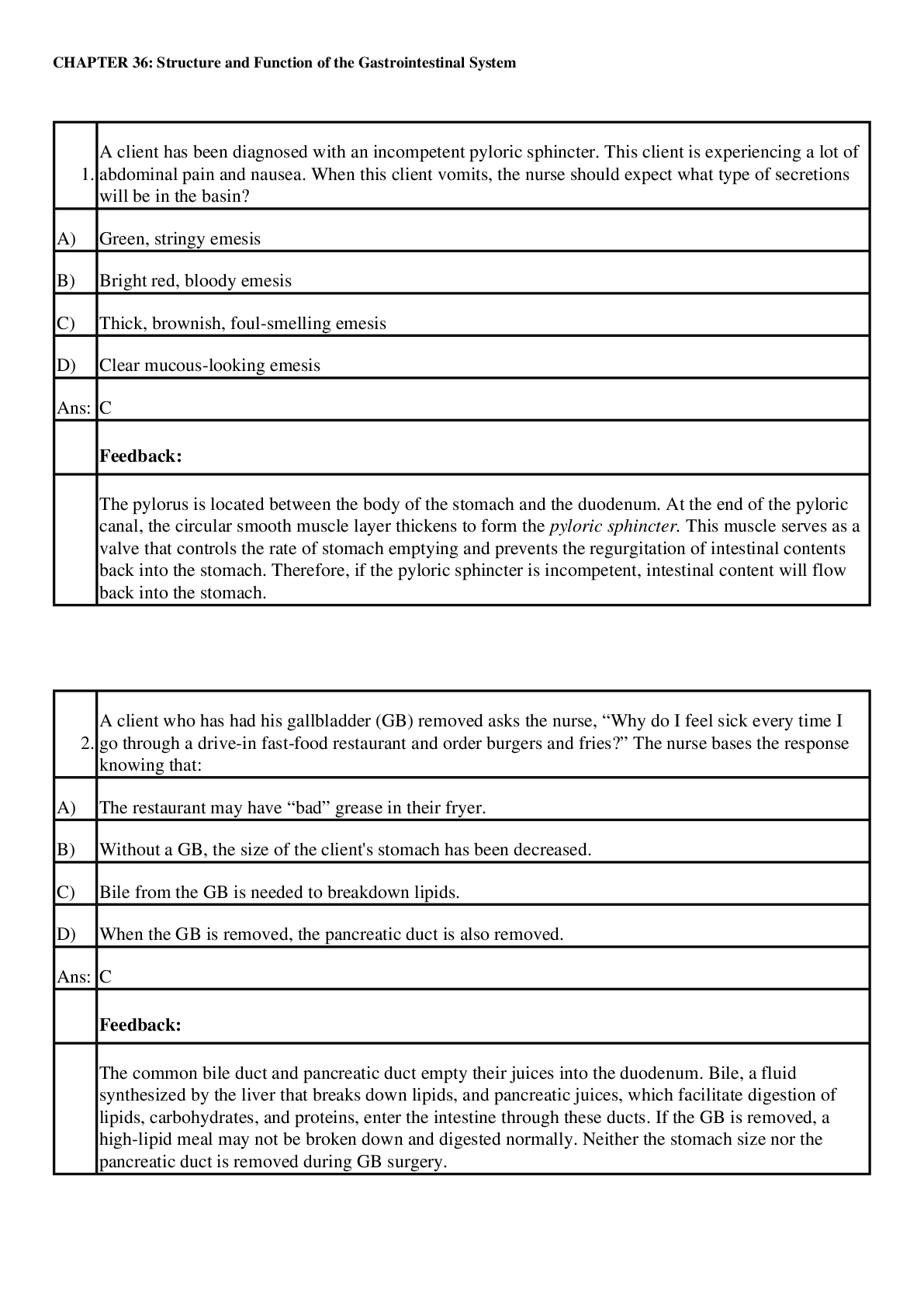
Buy this document to get the full access instantly
Instant Download Access after purchase
Add to cartInstant download
Also available in bundle (1)

TEST BANK FOR PORTH’S PATHOPHYSIOLOGY 10TH EDITION BY NORRIS ALL CHAPTERS
THIS PAPER CONSISTS OF ALL CHAPTERS
By GoldenA 3 years ago
$24
44
Reviews( 0 )
Document information
Connected school, study & course
About the document
Uploaded On
Mar 01, 2021
Number of pages
12
Written in
Additional information
This document has been written for:
Uploaded
Mar 01, 2021
Downloads
0
Views
78


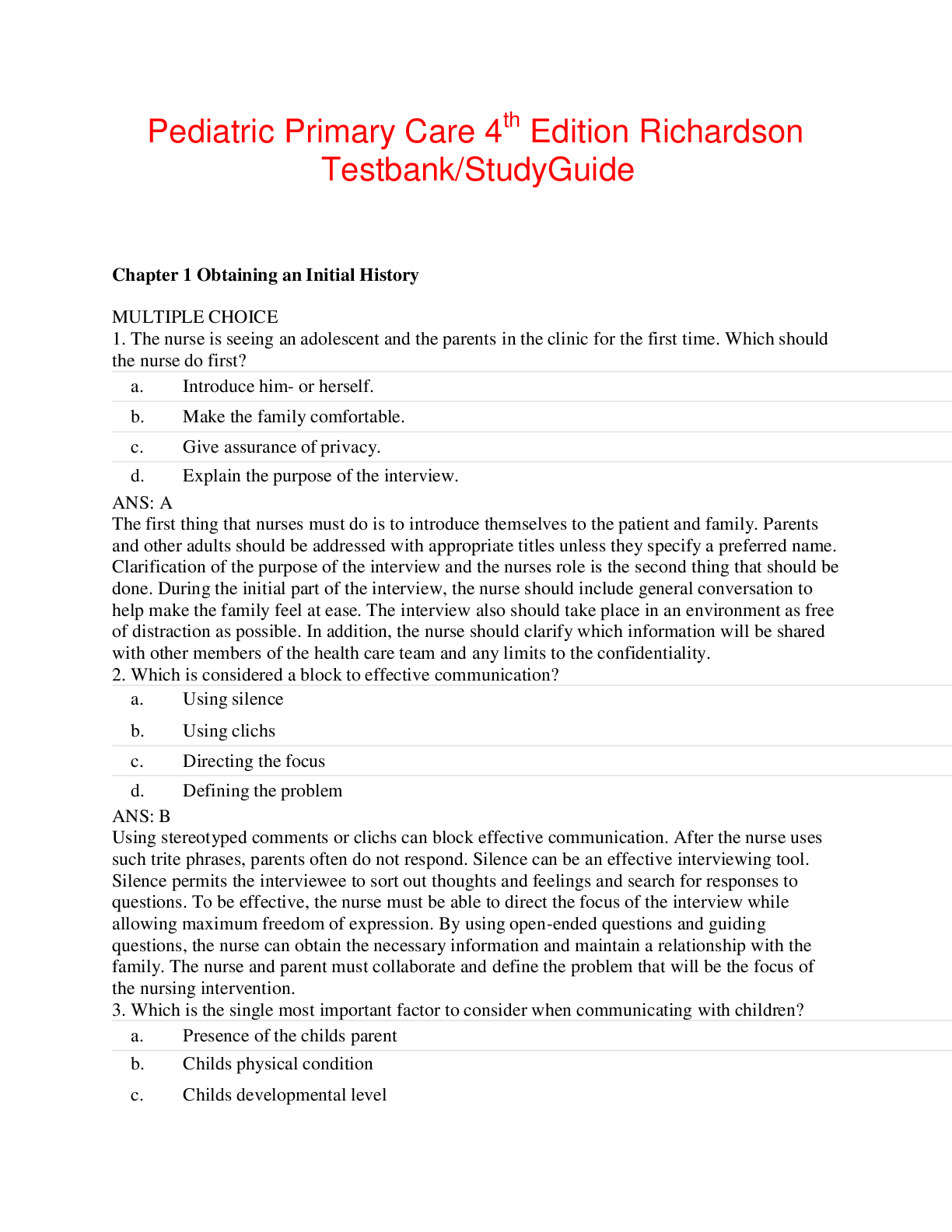

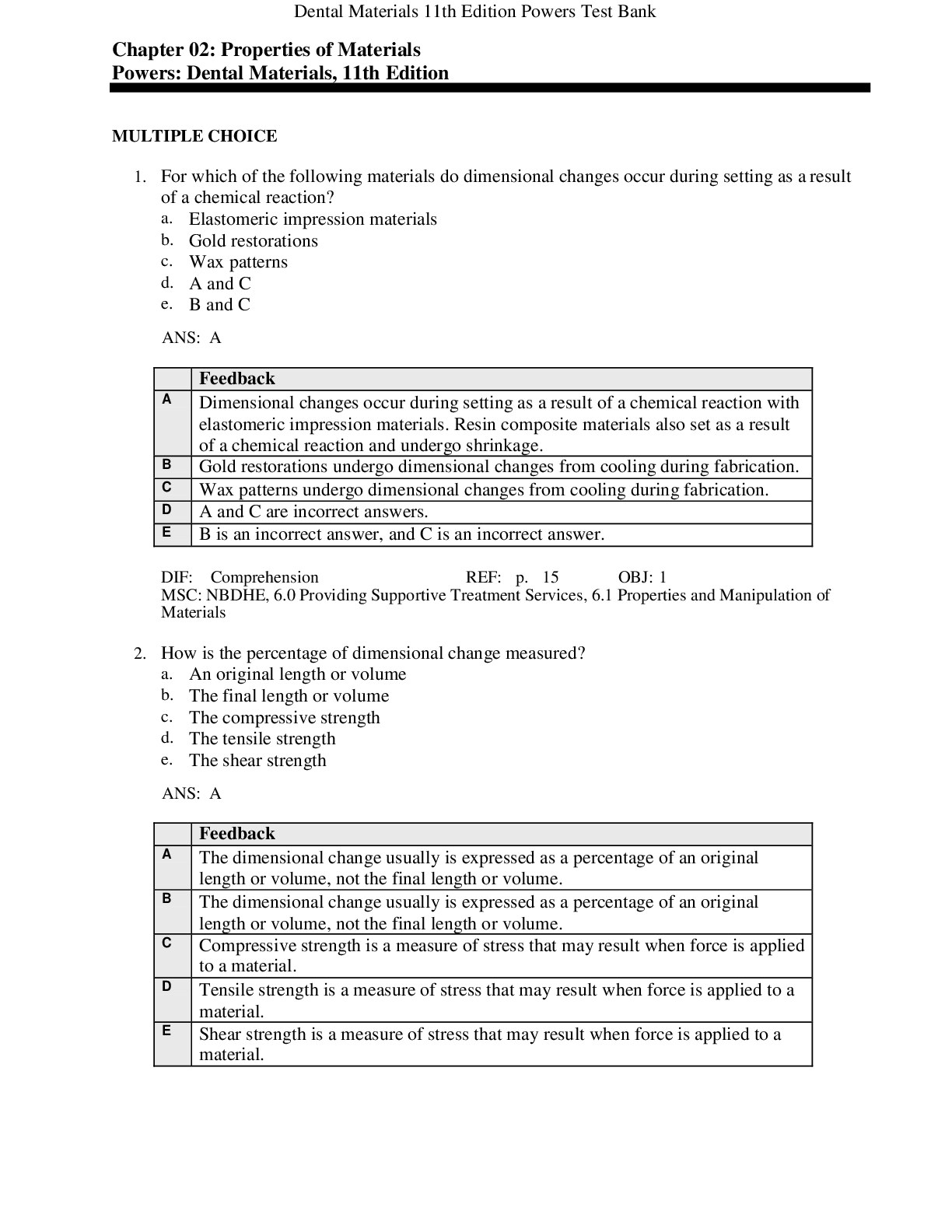
.png)
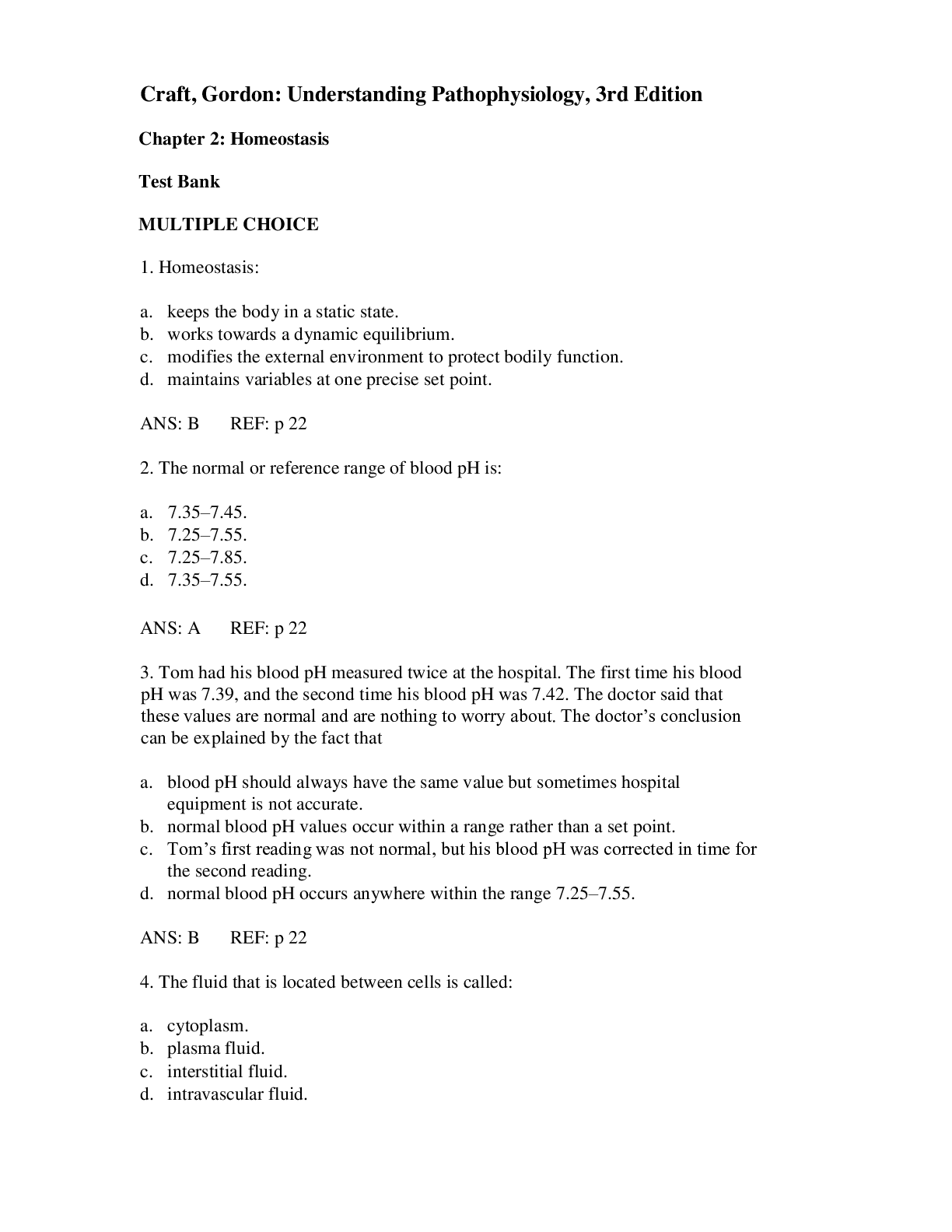



.png)
.png)
